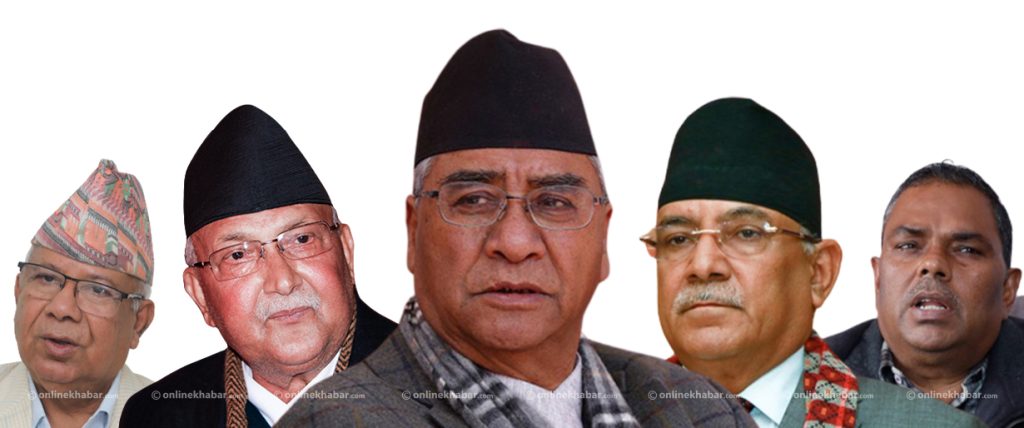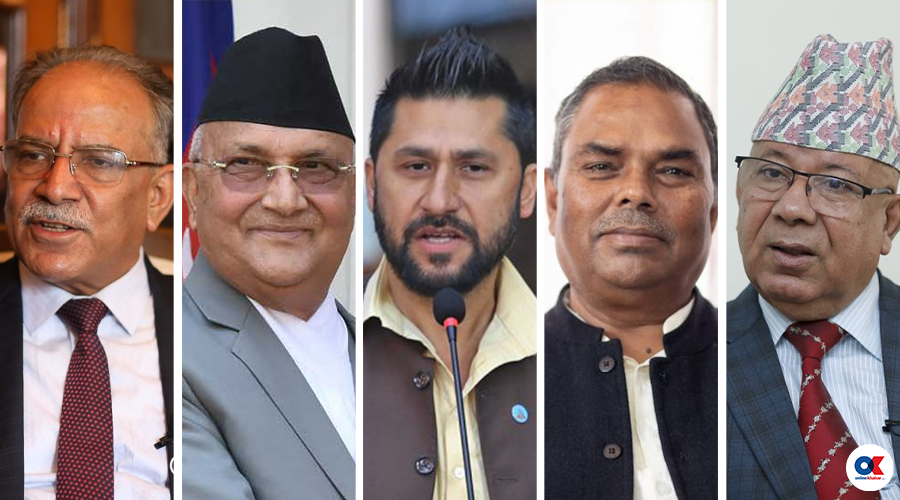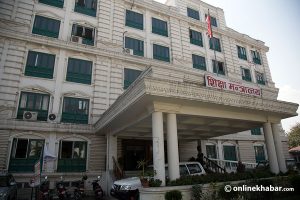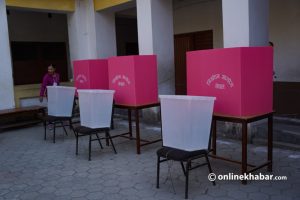
Despite the implementation of the federal structure in Nepal, all political parties in the country have no fulfilled peoples’ expectations for accelerated development, guaranteed rights, and inclusive representation.
In the recent election, citizens chose the new faces and new parties as they did not believe in the manifesto of established political parties. This has polarised the Nepali political scenario.
Now the question is — have citizens expressed their discontent or resorted to satirical means to criticise the established political parties?
Unfavourable state for established political parties

The 2022 elections had a surprising twist as the emergence of new political parties and leaders shifted the balance of power in their favour.
The general public lacking trust in the top leaders poses a significant threat to the sustainability of the political landscape. The people do not trust the government taking important decisions. They also feel the government cannot justify the decision it takes. With efforts to combat corruption insufficient and ineffective, people are growing more and more frustrated with the status quo.
Despite the people’s expectations, infrastructure development has fallen short, and the country’s economy remains in a state of decline. The continuous struggles of the stock market have further deepened the disappointment among the populace towards the Nepal political parties. As a result, Nepal finds itself in a depressing condition due to these collective factors as more and more people are leaving the country every day.
The citizens’ psychology towards current political scenarios and leaders can be seen through the posts made on social media. Their views and opinion signal their disappointment towards the established political parties.
The results of both the general election and the by-election have clearly indicated the frustration of supporters belonging to established political parties like the Nepali Congress, UML, and Maoist.
These supporters have shifted their allegiance towards new political parties, driven by hopes for a change. The victorious candidates secured a significant number of votes, which can potentially generate satire or pose a threat to established political parties.
The craze for an alternative political party

The level of frustration or irritation is not only limited to general people. It can be seen in the faces of the leaders of the political parties and their loyal followers.
What frustrates people, even more, is most decision made by political parties happens in a centralised manner without proper discussions within the party. This has resulted in many switching the party they have represented in search of another one where their voice is heard and are given a fair chance. If such a scenario continues, it poses a threat to the presidents and chairpersons of established political parties, accompanied by a wave of satire and criticism.
The emergence of the Rastriya Swatantra Party (RSP) as the fourth most influential political party in Nepal cannot be overlooked. With 21 lawmakers who claim to possess highly qualified degrees, the party’s popularity, particularly under the leadership of Rabi Lamichhanne, has reached an unprecedented height
Candidates of the RSP have defeated senior leaders in the election with relatively new faces. The newly elected lawmakers are making efforts to raise their voices using a fresh approach and new concepts. On the other hand, those members who have had multiple terms in the parliament are still following the traditional path.
Despite citizens’ intentions to elect lawmakers who can endorse good governance, development activities, and anti-corruption movements in the parliament, the old political leaders have not been able to fulfil that role disappointing those that voted for them.
It seems that most of the parliament members play their roles in the traditional way by following their leaders as they do not appear to be strong enough to check and balance the government.
Many political parties tend to either strongly support or oppose the government, which frequently results in disillusionment among citizens. This challenging situation creates an atmosphere of intimidation within Nepali politics.
Having been frustrated with the parties they voted for, the public has shifted their focus towards young and fresh faces in politics. This growing inclination towards new leaders poses a threat to established parties and invites satire directed at the politicians involved. The lack of substantial accomplishments of these parties during all these years has further contributed to this sentiment.
























